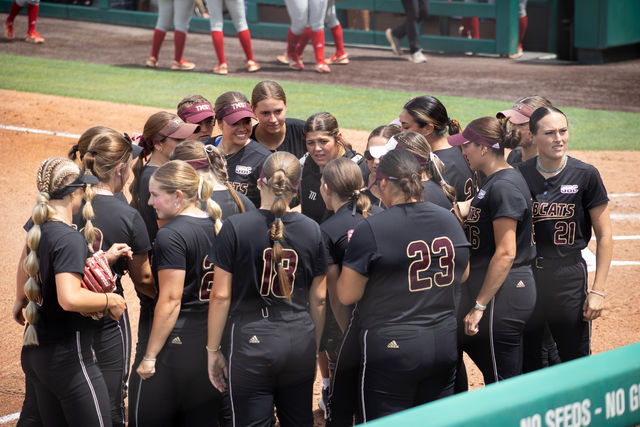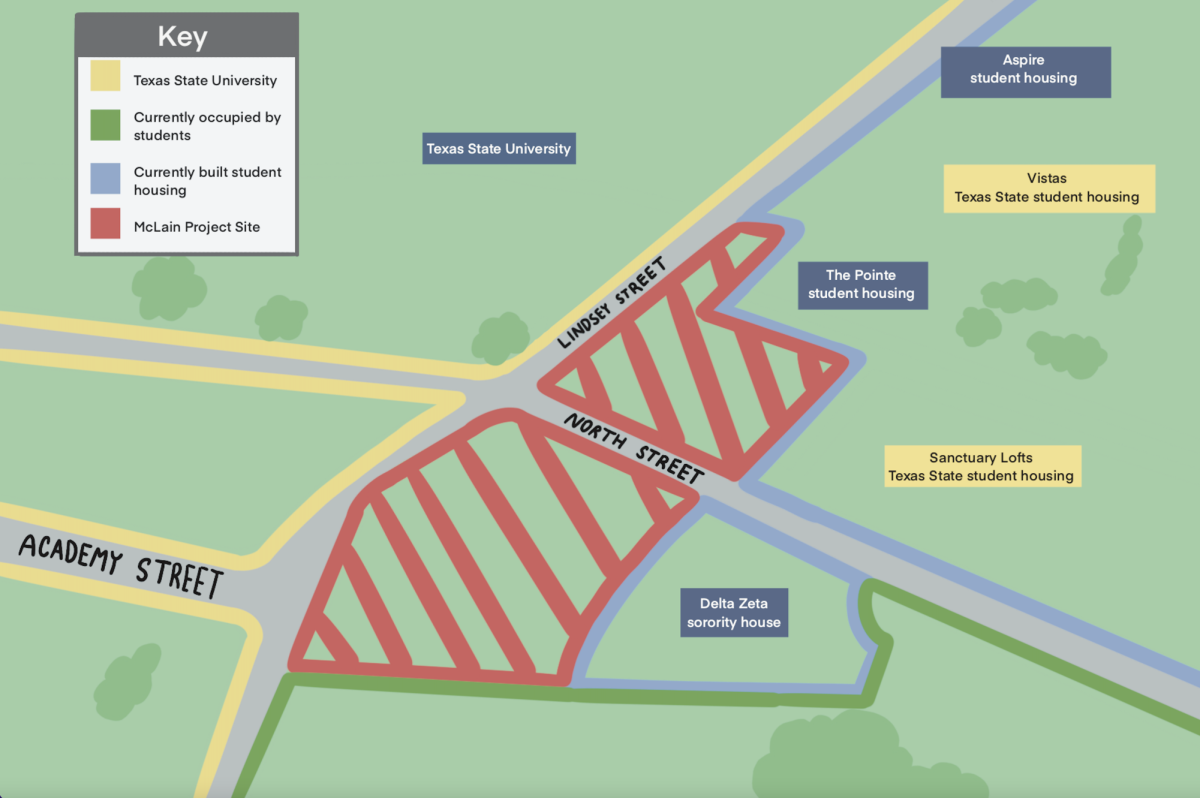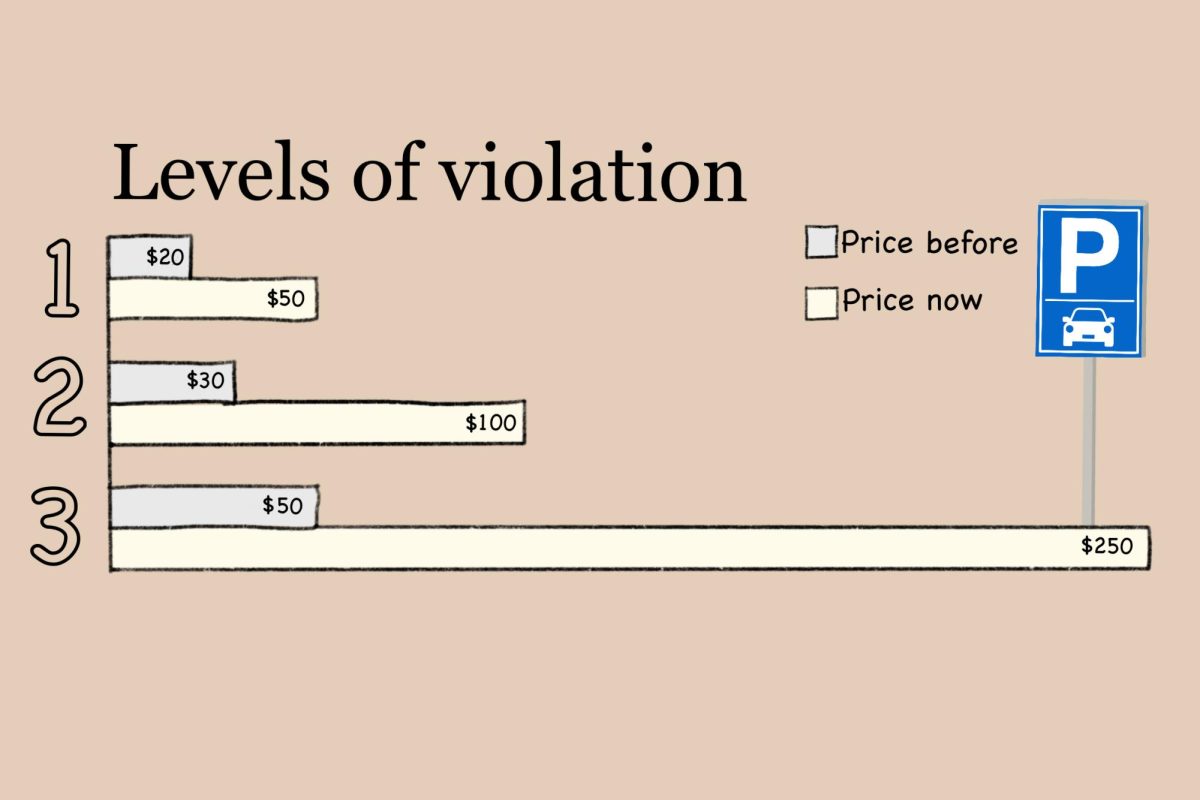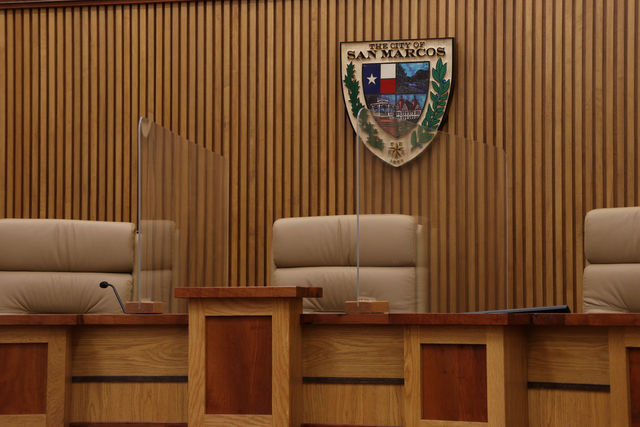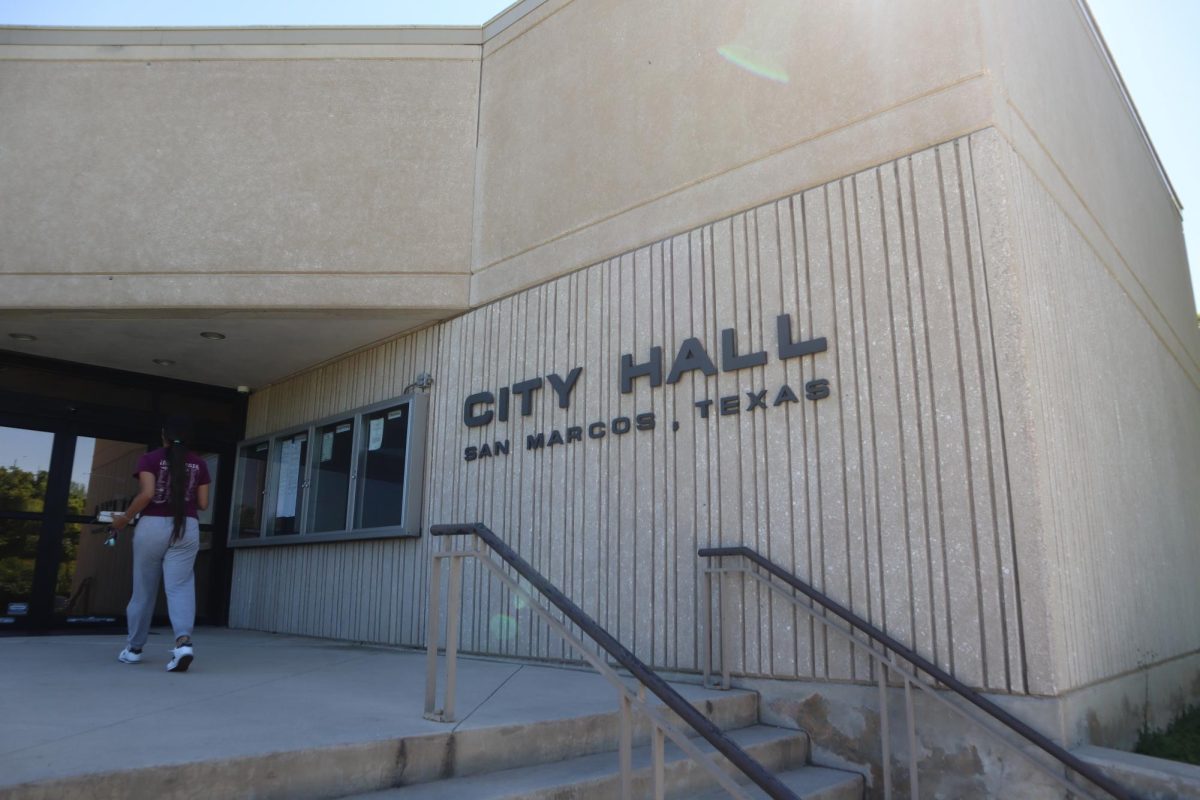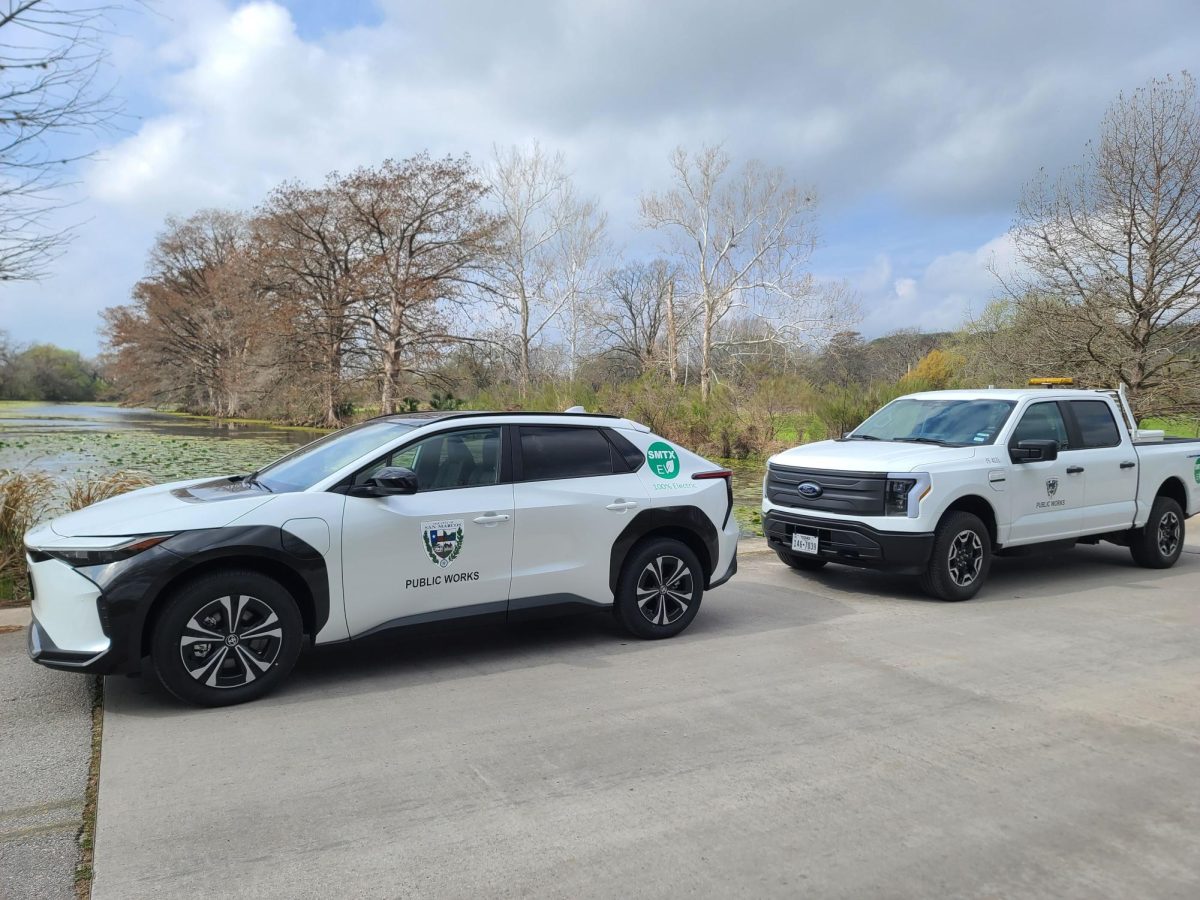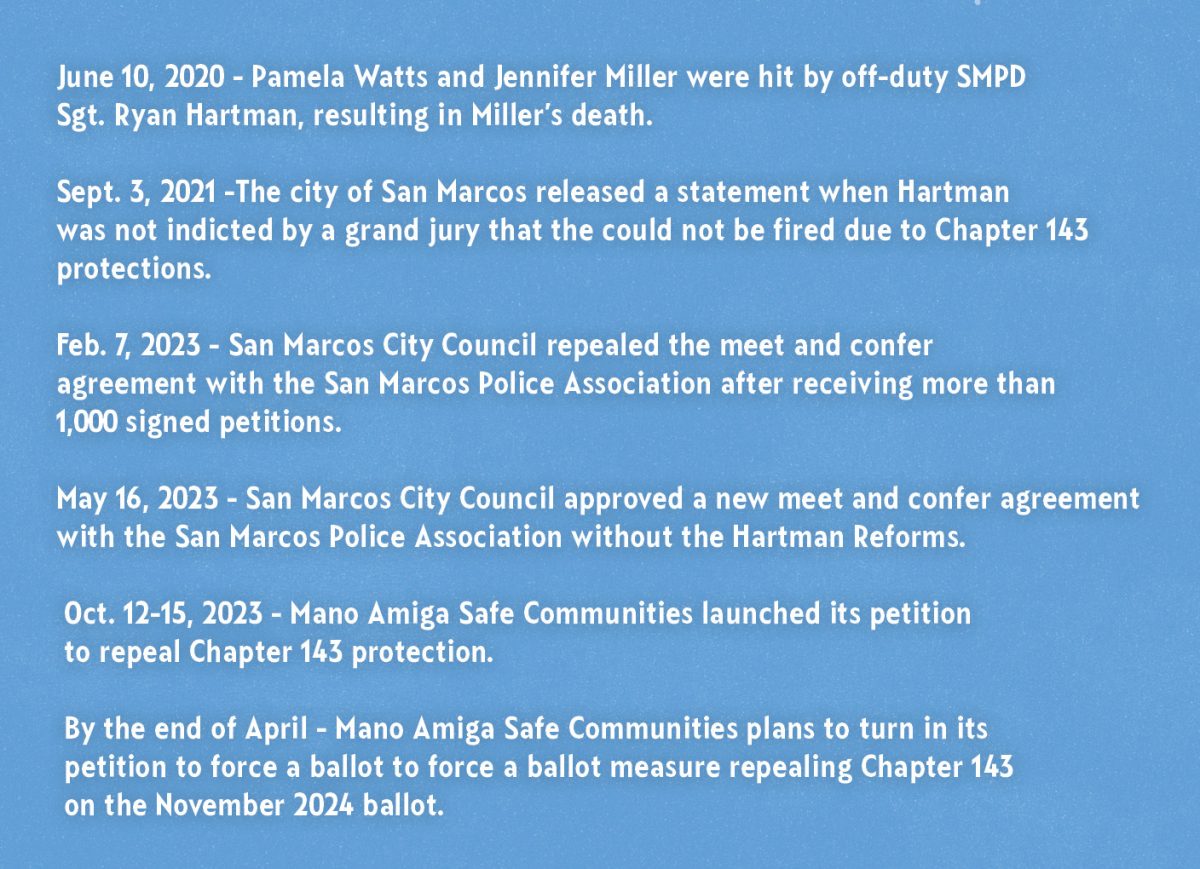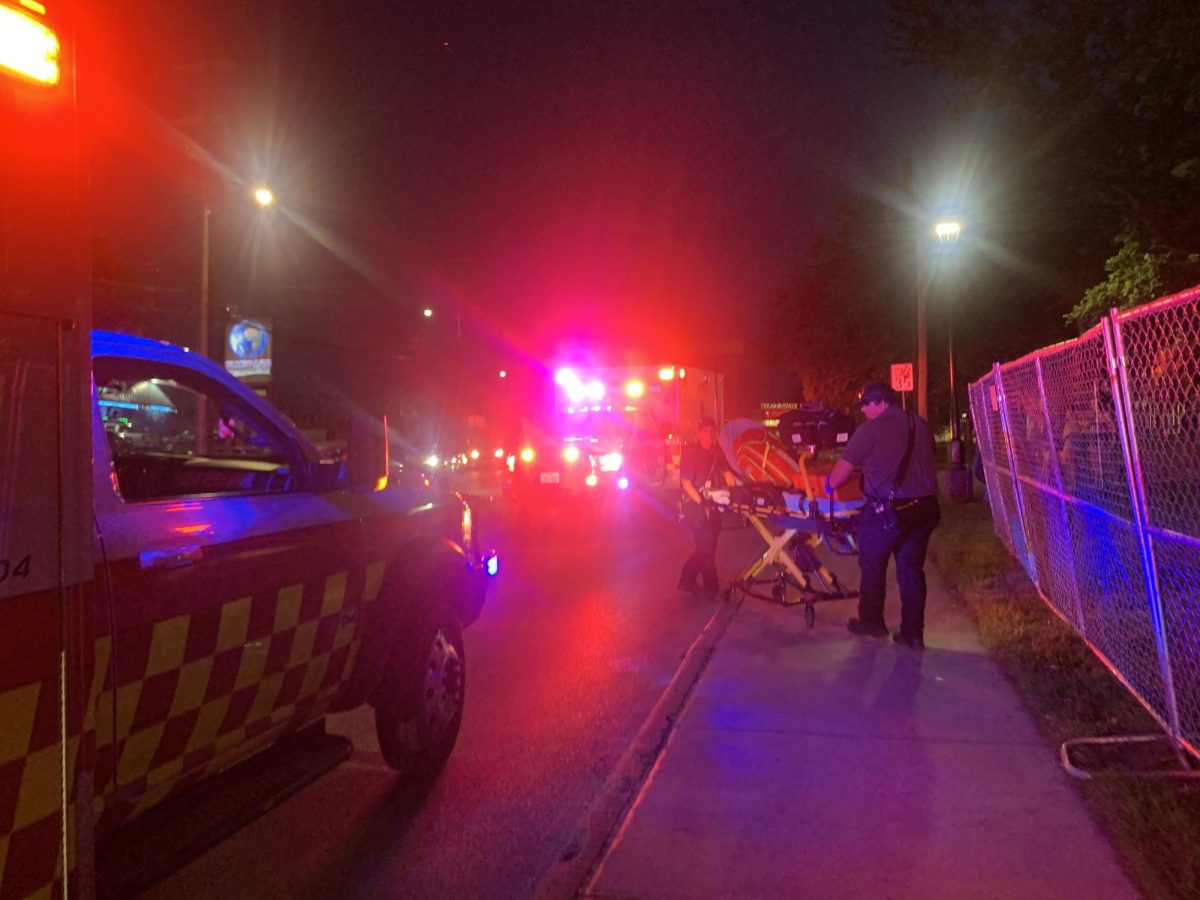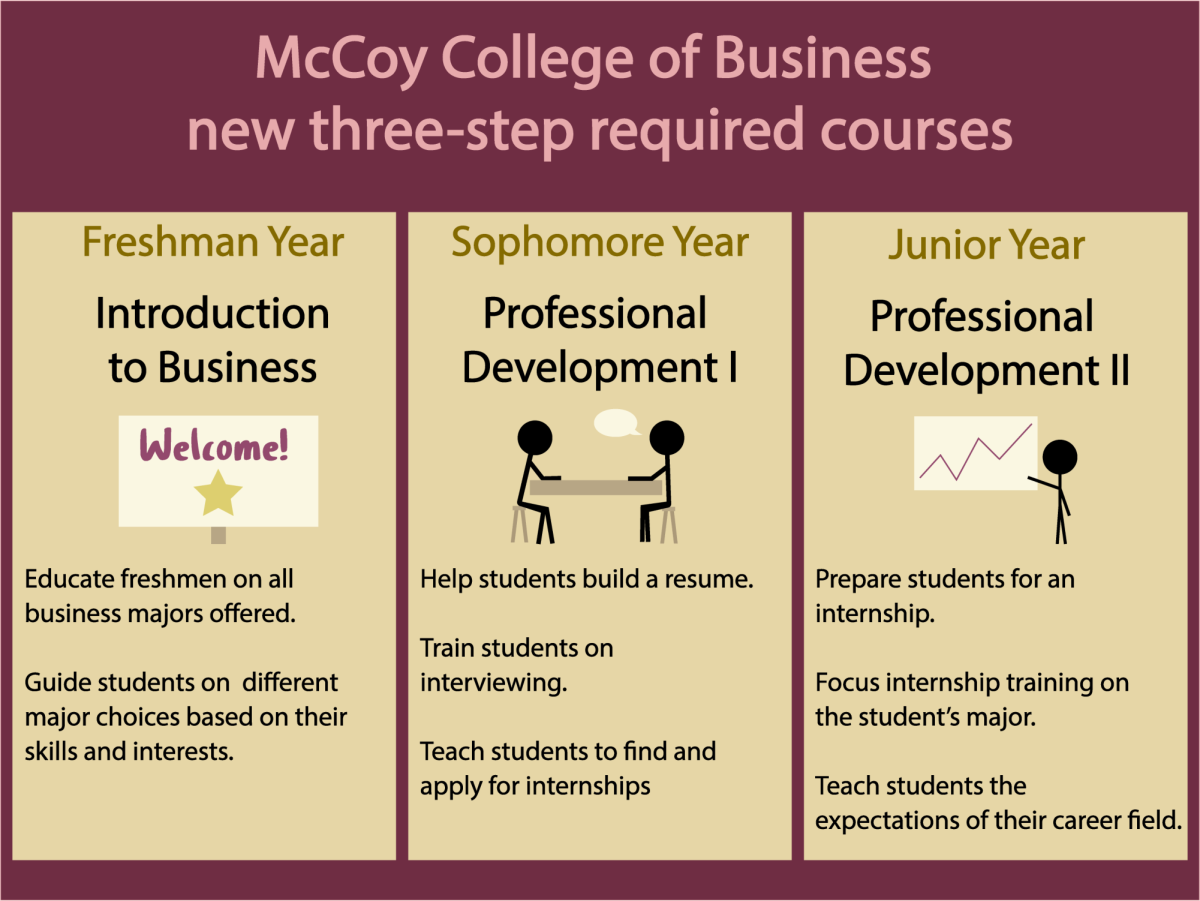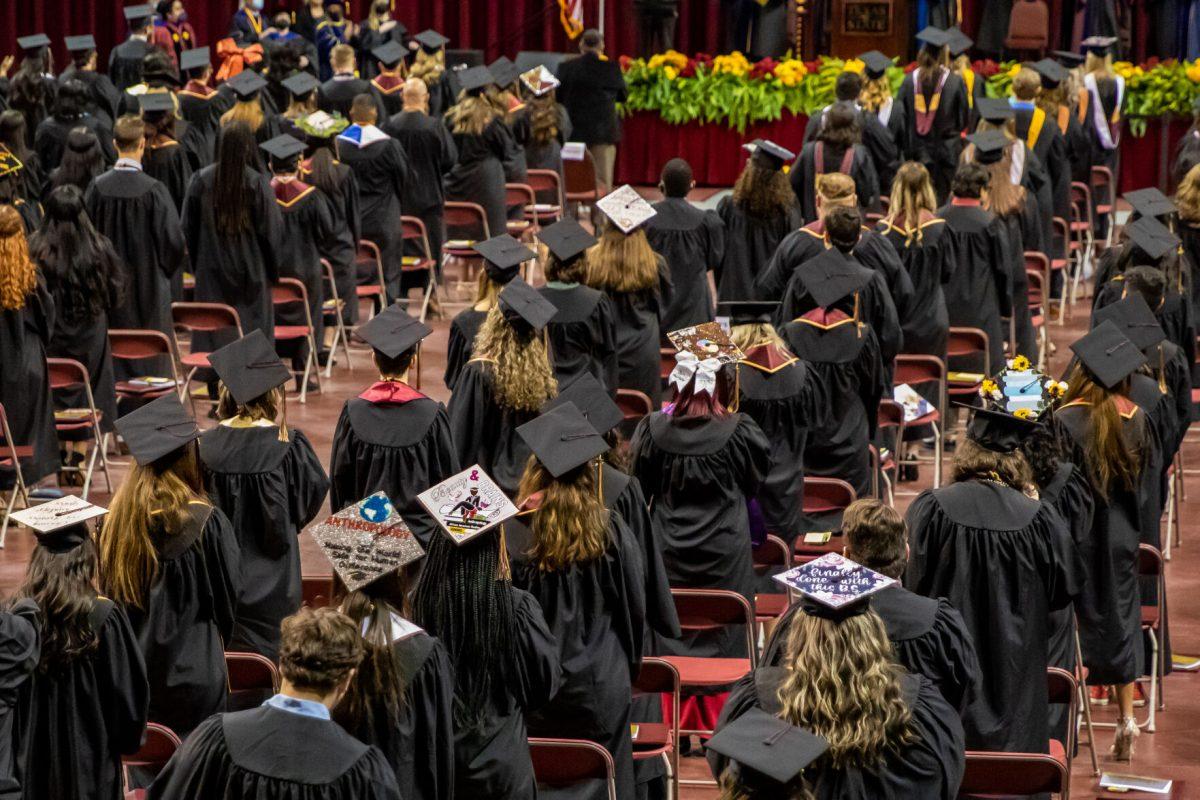As San Marcos’ population grows, so has the crime. So far this year, there has been 76 violent crimes and 150 property crimes reported to the San Marcos Police Department.
This semester, there have been student-involved armed robberies and homicides, although not all occurred on campus property. The February murders of Aaron “Jack” Peterman, exploratory freshman, and Brihana Landrum, Texas State alumna, doubled 2018’s murders.
The most reported crime in San Marcos is property crime, which includes theft, burglary, and trespassing. Five businesses were robbed on the morning of Feb. 25, including The Vault, The Green Parrot, Sunset Bowling Alley, Zelicks, and Elevate Bar and Table. On-campus crimes this year included the armed robberies at Blanco Hall parking garage Feb. 13 and the Bobcat Village parking lot Feb. 20. Additionally, there was a robbery at Sewell Park on March 22.
Otto Glenewinkel, a crime prevention specialist for the University Police Department, said crime on campus is unpredictable. His job entails looking at repeated crimes and trying to proactively address any future occurrences.
“There are a lot of new crimes that may occur that we have never experienced before, such as a large influx in identity crimes or financial fraud crimes,” Glenewinkel said. “Those change so often that it is really hard to say that we are expecting to have the same amounts of crimes occur next year or ensure this is going to happen because they change so rapidly it is really hard to keep a pulse on it.”
Texas State is one of the few Texas universities that has experienced an active shooter, although no one was injured. On March 4, 2018, Damarcus Reshaud Jackson, 19, fired a stolen gun toward the Angelina residence hall.
Selena Contreras, communications design junior, said her sense of security is dependent on when and where she is on campus.
“I feel like (crime) is frequent around the dormitories and there is not enough of the emergency call boxes distributed evenly throughout campus,” Contreras said. “I feel uncomfortable walking at night in the areas of campus that aren’t well lit.”
According to College Factual, a data-driven website that compares university statistics, UPD reported 385 safety-related incidents in 2017 that involved students on or near campus or affiliated properties. Of the 2,795 colleges that reported crime and safety data, Texas State was in the top 9 percent.
But the statistics may be misleading, as one-third of the colleges analyzed by College Factual reported zero incidents of crime, which indicates the school is either extremely safe or lax in its reporting. Higher incidents of reported crime may indicate a university is strict with its law enforcement and reporting incidents on campus.
Daylon Howell, criminal justice student, explains an article about the possible correlation between crime and population increase published by Luis Bettencourt by the Proceedings of the National Academy of Sciences of the United States of America.
“They were looking at how population growth affects various other variables and one thing they reported was that with one percent of overall population growth, we can expect a 1.16 percent increase in serious crimes,” Howell said. “That is a pretty small increase, but it is statistically significant and can be predicted with a fairly small degree of confidence.”
In past years, San Marcos has shown an upward trend in crime-based statistics and in 2016 had a lower national violent crime rate but a higher national property crime rate by 27.01 percent. Compared to other US cities, San Marcos has a higher violent crime rate than 72.8 percent of the country.
Due to the Clery Act, all colleges and universities that participate in federal financial aid programs must disclose information about crime near their campus. The crime statistics for the 2018 school year will be available to the public in October 2019, and the crime statistics for the 2019 school year will be available in October 2020.
In the future, UPD is going to gradually increase police staff and presence on campus. There will be two lieutenants added to the force and a possible increase in foot patrols. The department plans to add more officers to the growing university in order to expand its previously understaffed police force.
Recently hired UPD Chief of Police Laurie Clouse wants to be more proactive in communicating with the student body by sending notifications when campus crimes occur and being active on social media.
“It’s really about education and not engaging in behaviors that put you at risk,” Clouse said.
UPD offers safety tools and resources for students on Texas State property. The Bobcat Guardian app is a virtual safety app that allows students to set a travel timer for an expected destination. Users can designate UPD, family, friends or roommates as guardians who are able to track your location and progress. While using the app, students can access a panic button, send anonymous texts of suspicious activity and specified guardians will be notified of the location if the timer runs out before reaching the destination.
Additionally, there are emergency call boxes around campus that connects anyone who presses the button directly with UPD. There are also Bobcat Bobbies, a safety escort service that will accompany requesting students on foot or by vehicle to a destination on campus by calling 512.245.7233.
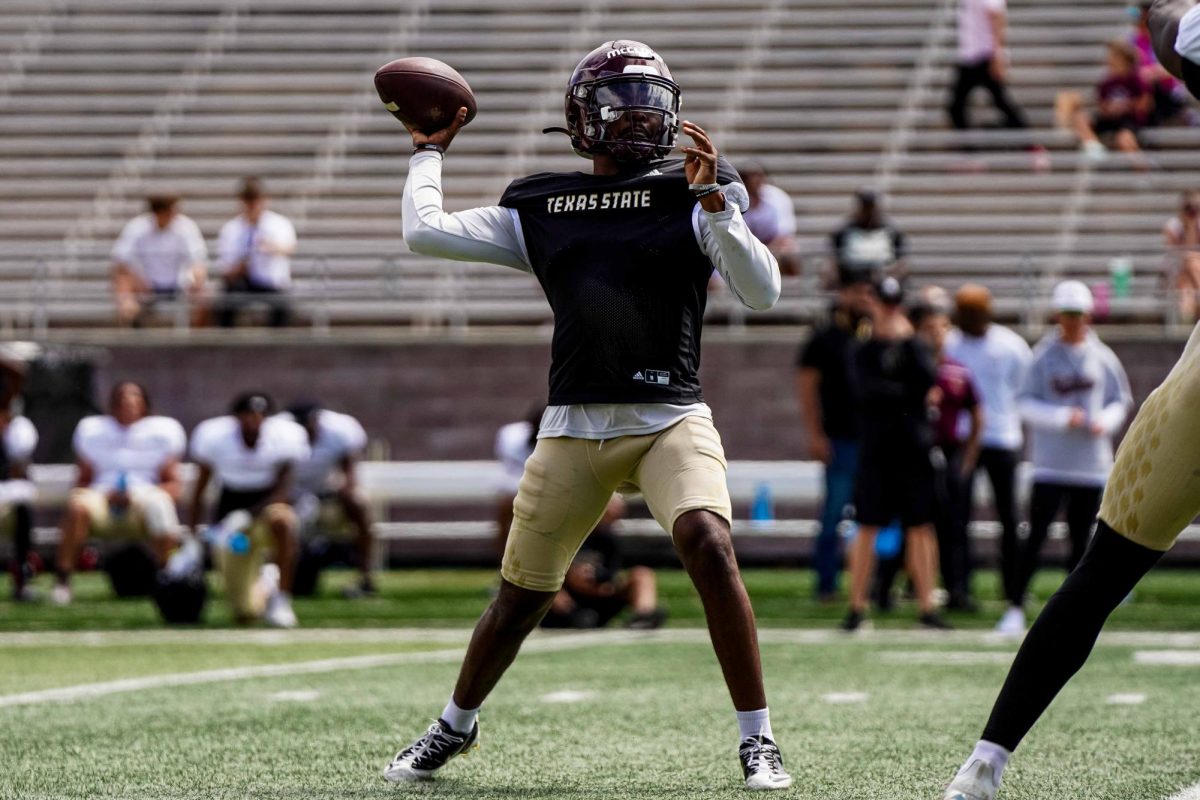
April 25, 2024
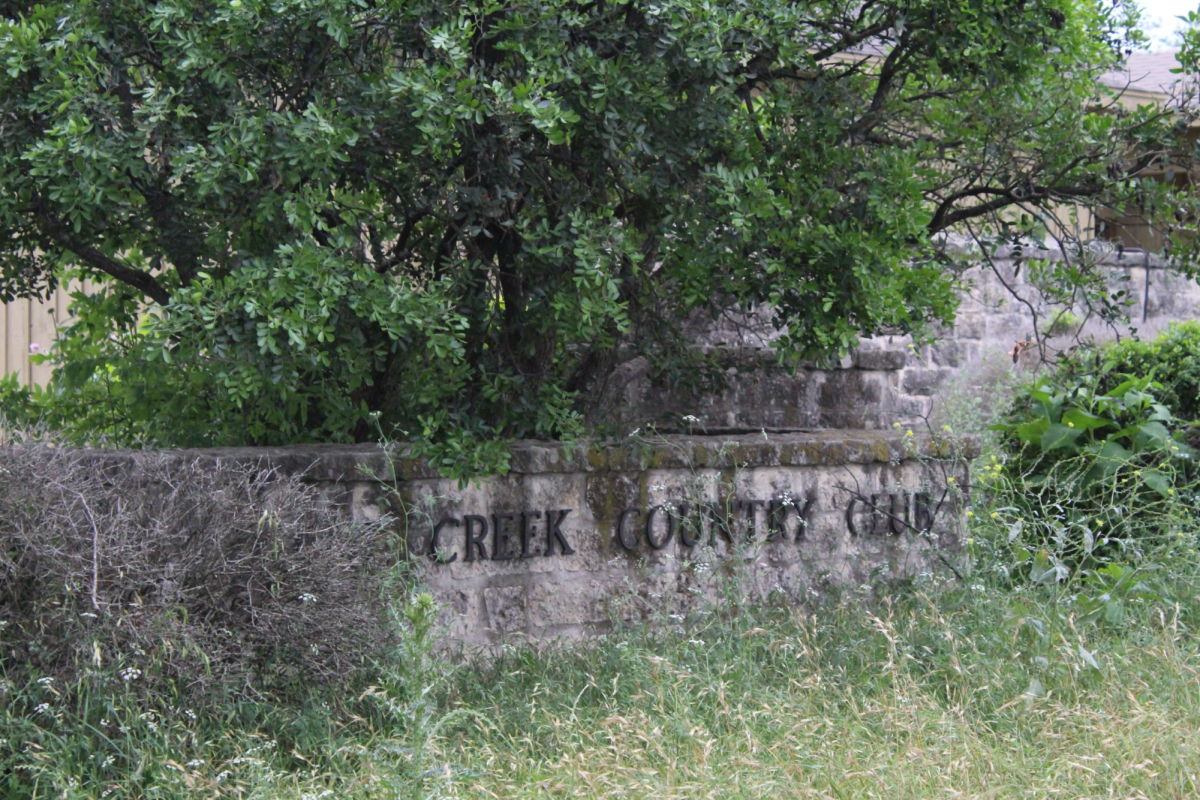
April 25, 2024
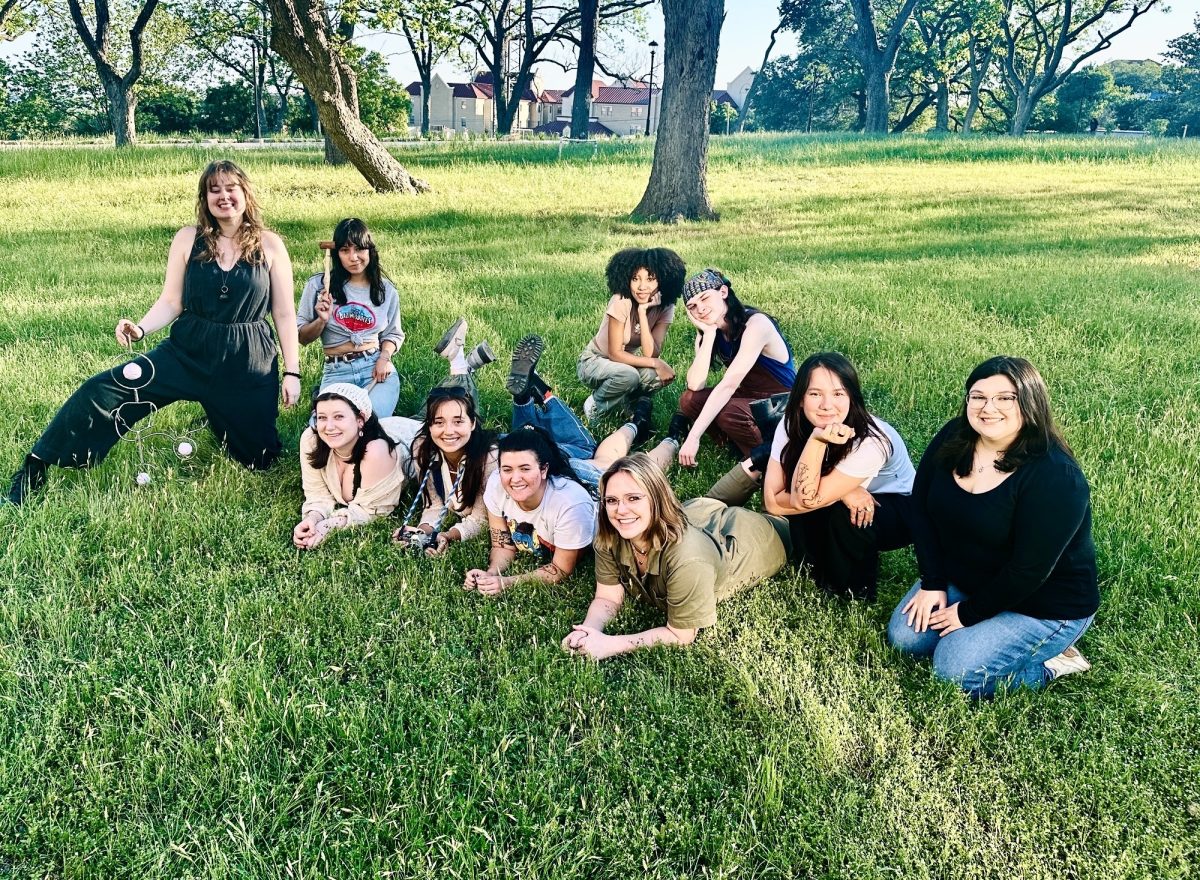
April 25, 2024
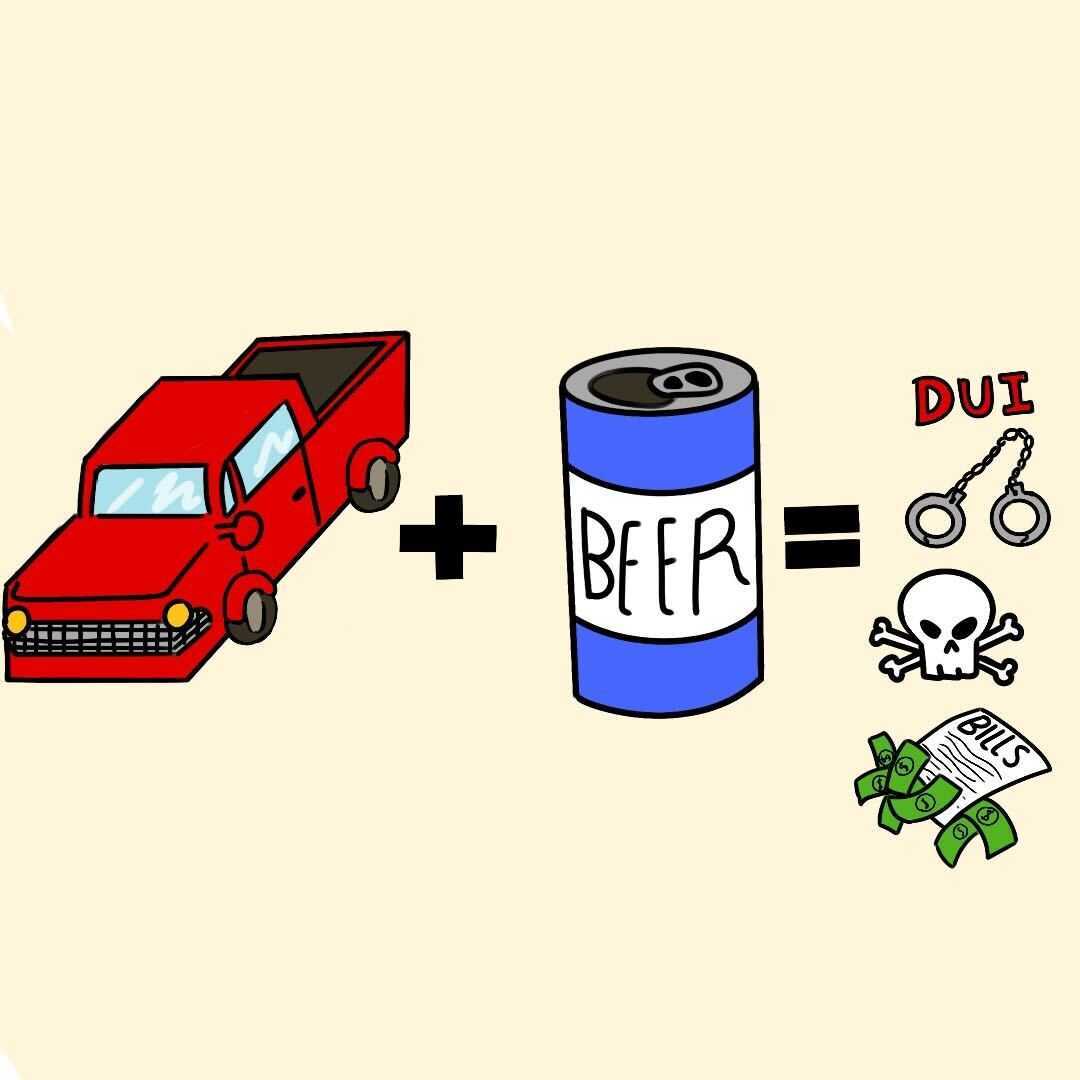
April 25, 2024
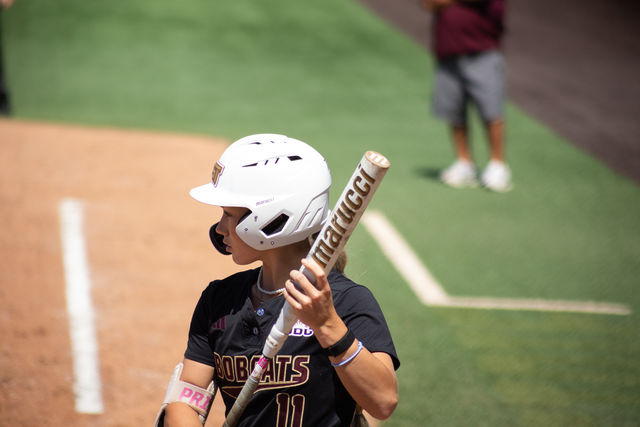
April 24, 2024
San Marcos faces crime increase
April 2, 2019
Donate to The University Star
Your donation will support the student journalists of Texas State University. Your contribution will allow us to purchase equipment and cover our annual website hosting costs.
More to Discover
SECTIONS
SERVICES
CONTACT INFORMATION
universitystar.com
601 University Drive
San Marcos, TX 78666
Phone: 512-245-3487
Email: [email protected]
601 University Drive
San Marcos, TX 78666
Phone: 512-245-3487
Email: [email protected]
© Copyright 2024 The University Star 601 University Drive, San Marcos, TX | Privacy Policy
© Copyright 2024 The University Star 601 University Drive, San Marcos, TX | Privacy Policy

